I often wonder if I am the only one who sees so many language opportunities everywhere. It’s actually hard to turn that part of my brain off, but that’s a good thing… at least most of the time. One thing I often notice when concerned parents bring in their child that isn’t talking much is that they are often missing golden opportunities to facilitate language production. I saw this picture on Facebook last week (courtesy of Sublime Speech) and I had to laugh.
So, say your little one hasn’t started talking much and you’re starting to get concerned. What do you do? Well, firstly, don’t panic. There are many children that are just “late talkers” and there might be nothing to worry about. Although, I do encourage you to seek out the professional assessment from a speech-language pathologist to rule out a language delay. If a language delay is present, early intervention can be extremely beneficial. Something else to consider is your child’s personality. Are they shy? If so, that can play a huge role. Check out this article on the topic. So, say your child isn’t just shy or a late talker, what can you do to help get them talking? (Sidenote: these ideas are great whether or not your child may have a language delay. They are great language tools for every child!) Here are some tips and ideas to get them talking:
- Provide communication TEMPTATIONS. Place desired items in view, but out of reach. You might place a favorite toy up high on a shelf, or a favorite snack inside of a container that they can’t open. If your child does not attempt to verbally request the item, encourage them to try. If necessary, give them two choices, which can be a way of setting them up for success. Something like, “Do you want cookie or juice?” Again, try to get them to at least attempt to make a verbalization for one of the two options you provided.
- MINIMIZE your verbalizations when trying to get your child to request something. You may even pause in a long silence to give them an opportunity to request something. They need to learn that communication results in a desired action. If you can tell that they want a cookie, avoid saying something like “You want the cookie? Yes? Here it is.” If you do this, you are reinforcing the idea that communication is not necessary to obtain desired objects.
- Focus on FUNCTION. It can be tempting to try to get your child to name every color, count to 10, or tell you every animal in the jungle, but things things don’t serve much purpose when children are very young. Focus on functional action words like open, want, go, up, etc. When it comes to nouns, use those that are most likely to be used very frequently- like shoe, milk, etc.
- Use language to TRANSLATE the child’s non-verbal gesture. For example, if they are holding a baby doll and start to feed it a bottle you might say, “baby is thirsty.”
- EXPAND on what they’ve already said. For example, if they see a car and say, “car”, you might want to respond by saying, “Yes, see the car go”.
If you’d like a handy handout to help you remember these tips, you can download the freebie in my TPT store.
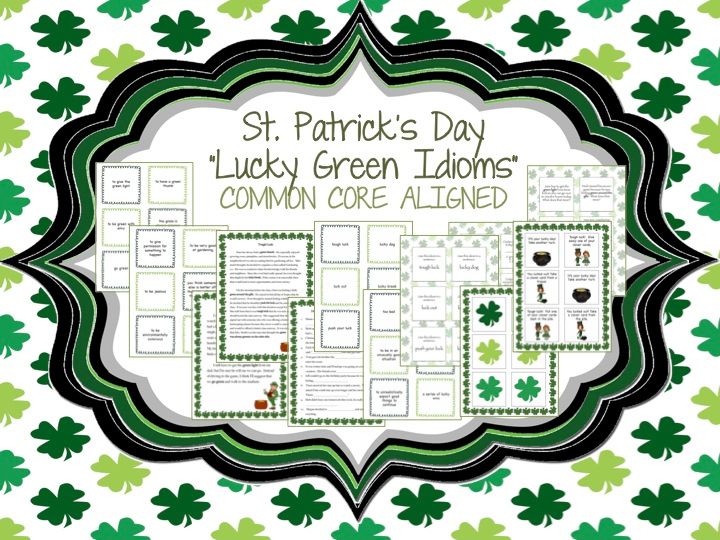
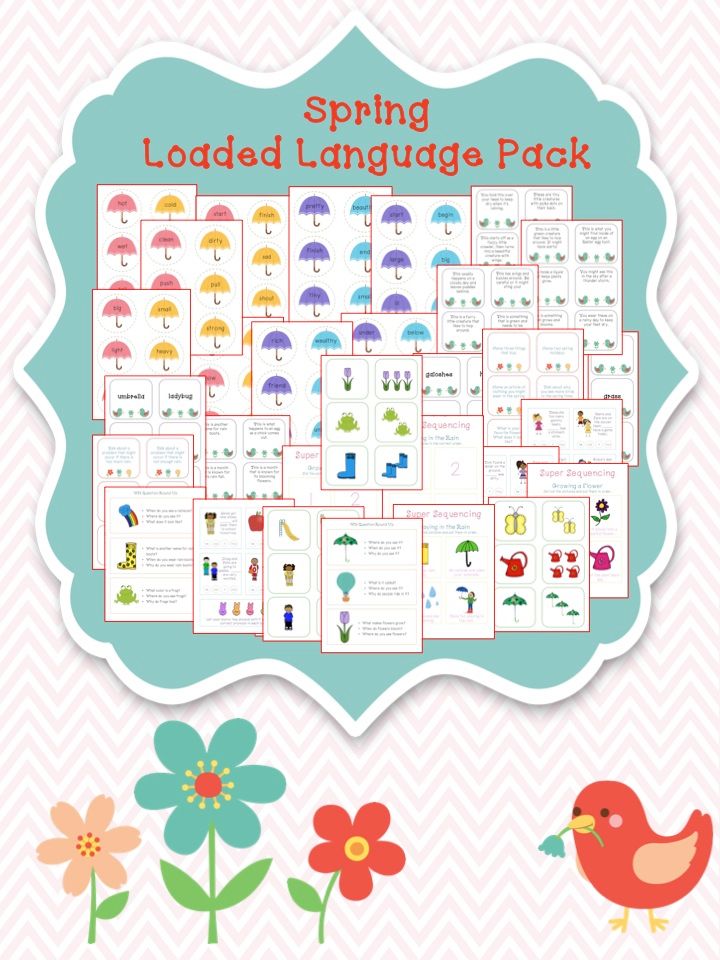





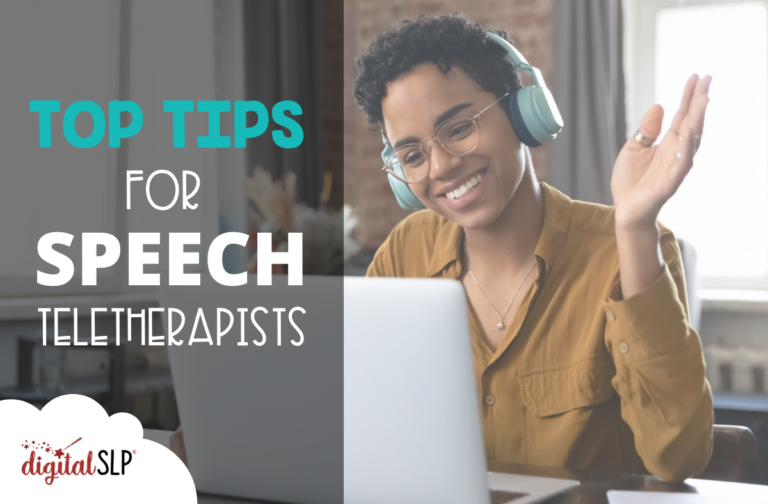
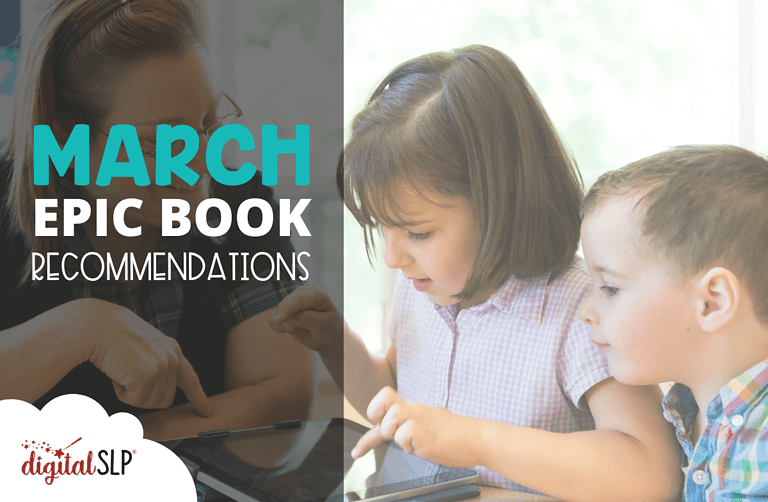

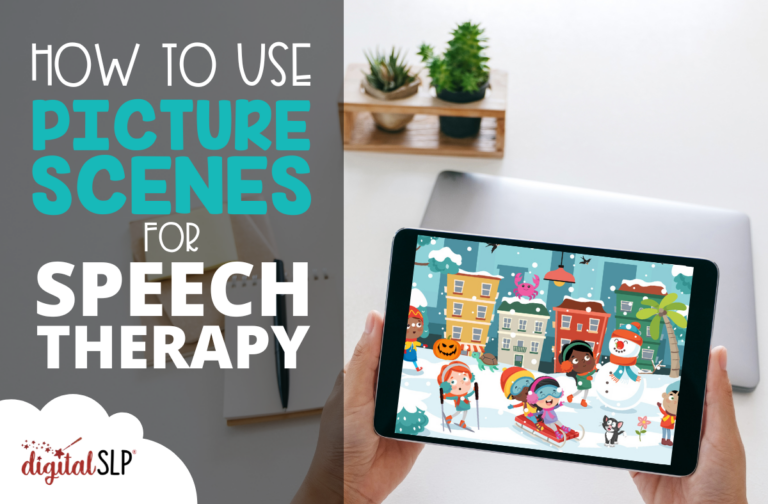

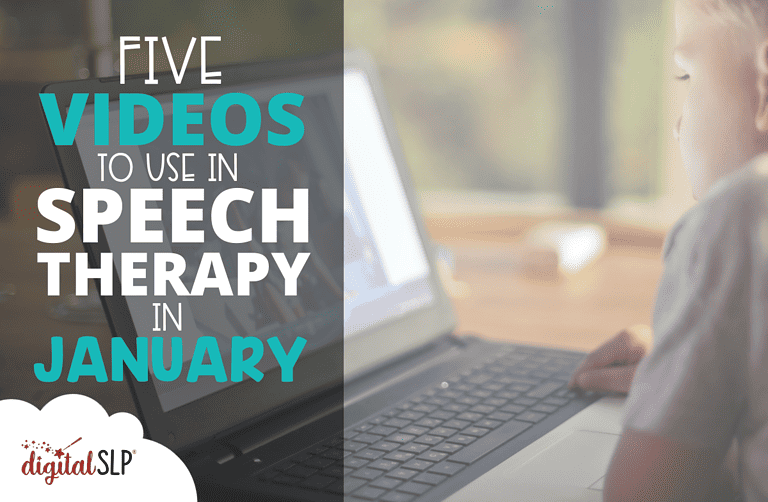

Recent Comments